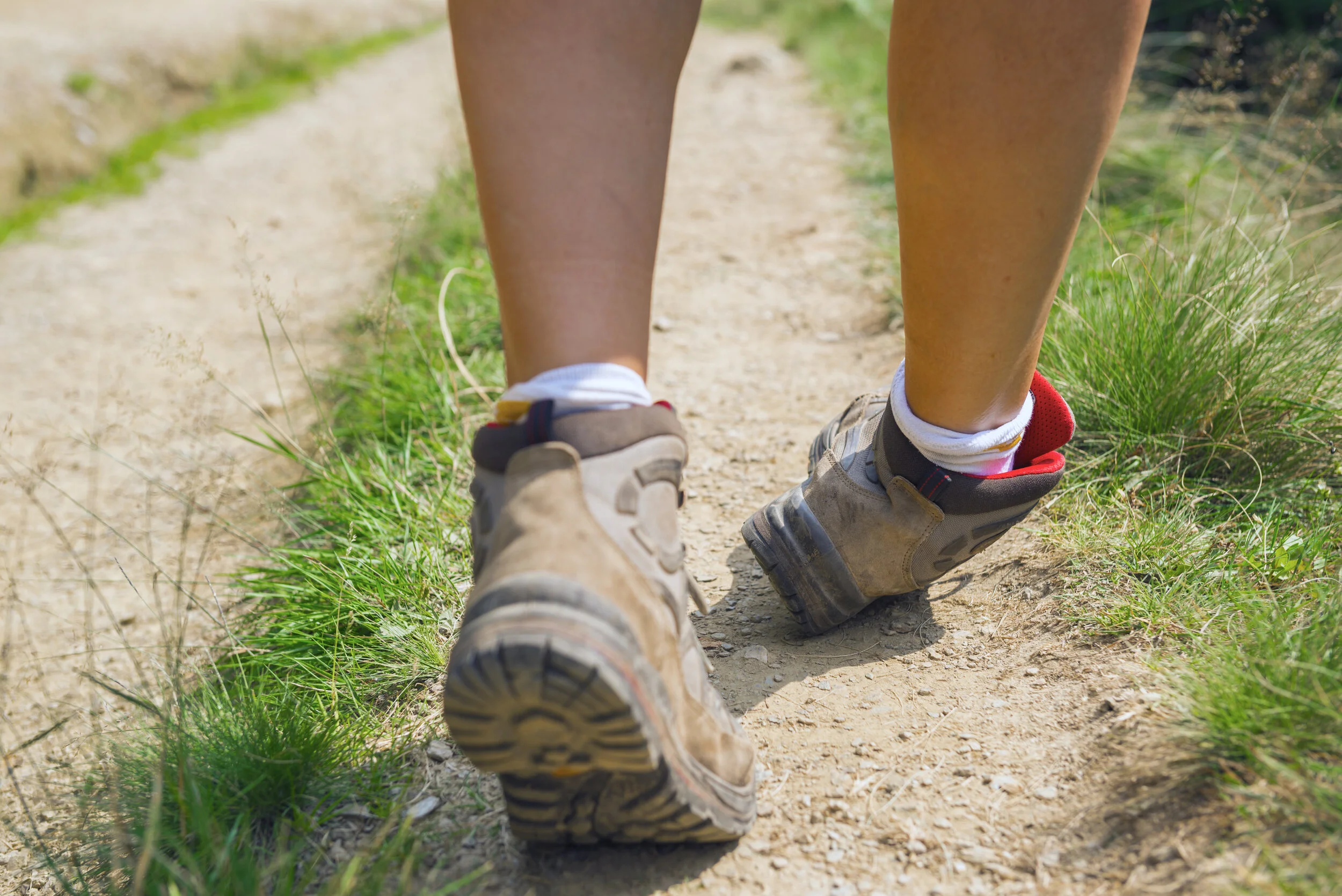Ankle injuries are one of the most common acute injuries we see, especially amongst athletes. Pretty much everybody who has played a sport has sprained an ankle before, leading to a lot of people minimizing the injury and not taking it seriously.
There is often pressure from coaches (and ourselves!) to make a quick return to sport because “it’s just an ankle sprain.” Just because ankle sprains are common does not make them insignificant. We know that only about half of people who experience an ankle sprain seek help. We also know that up to ONE THIRD of individuals experience chronic ankle instability after an ankle sprain.
It is in your best interest to handle ankle sprains correctly. Otherwise, they come back to bite you again and again.
Below is a list of factors that physiotherapists consider while gradually returning you to your activity of choice. It’s not just about going back to practice and taking it easy for a day or two then going to play a game next week. In the clinic we test and re-test all of these aspects and gradually help people progress up to their top level of functioning.
If you want to manage your sprain yourself you absolutely can, especially it’s not your first time and you know what to expect. But please know that going back too soon is a really good way to get re-injured and everything that is listed below is relevant no matter who is doing your rehab.
(Looking for what to do immediately after an ankle sprain? Read our Top Ten Tips for Acutely Sprained Ankles in our blog!)
Factors to Consider in Ankle Sprain Rehab:
Pain:
Do you have any pain?
Does it hurt while exercising or afterwards?
How intense is the pain and where is the location?
How long after the pain starts will it subside and return to baseline?
Swelling:
Is there swelling?
Is it old or new swelling?
How does the swelling fluctuate with activity?
Physical Aspects:
Does your ankle move in all directions as well as the other foot?
Is the strength equal in all directions?
How is the endurance?
What about the power?
How about your sensorimotor control - do you have complete proprioception back (a fancy word for knowing where your body is in space)?
Is your balance as good on that side?
How about your dynamic control - can you maintain stability and balance while moving and doing other things?
Do you need a brace? Which kind of brace? When should you wear the brace? Can you wean off of the brace?
Mindset:
How do you feel about your ankle?
Are you confident that it will be fine?
Do you feel that your ankle is stable?
Are you psychologically ready to go back?
In contact sports, does the thought of someone checking you from behind make you nervous?
Functional and sport performance:
Can you hop? Jump? Change directions?
Can you jog? Run? Sprint? Run a gentle curve? Cut to the side? Slam to a stop?
What about things specific to your sport? For example if you are a soccer player can you pass? Receive a pass? Shoot? Tackle?
Are you fast enough to react to another player?
Can you do all the drills in practice? What about a scrimmage?
We want you to be able to do all of these things and do them well before you fully return to your sport. It’s a long list to consider and not always easy to answer every question, but it’s important to run through this list and make sure you are really ready to return to sport.
If you suffer with ankle sprains, get it checked out by a physiotherapist - we are the experts at this! We are always happy to see you and will do our best to get you back out there as soon and as safely as possible.
Need to book an appointment? Book online, send us an email or call us at (778) 630-8800. Happy healing!






